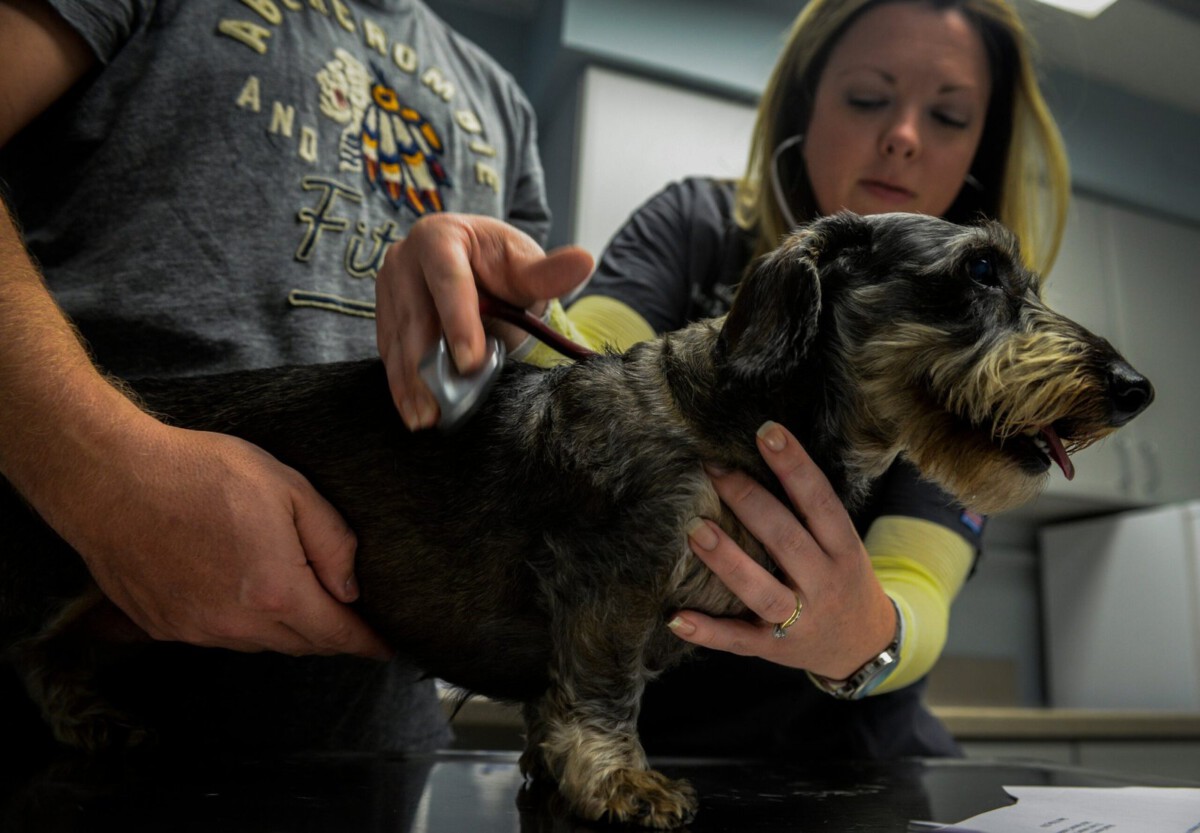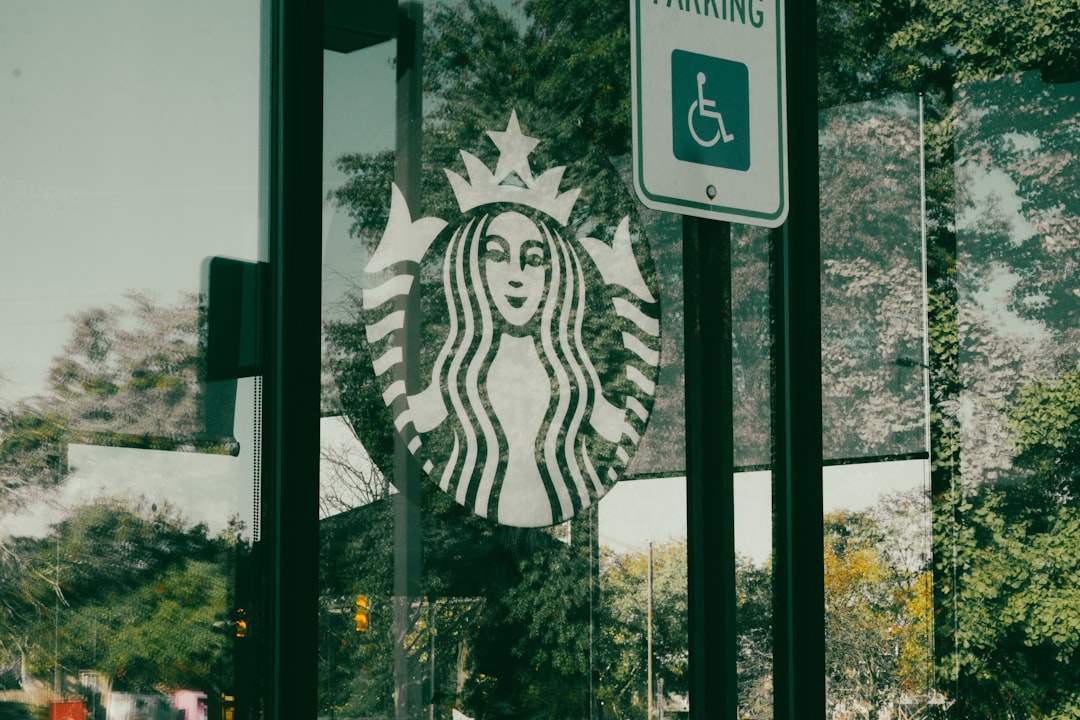Understanding Airline Policies

Traveling by air with pets these days is a whole new ballgame. Airlines have tightened their rules in recent years, and what worked last year may not fly this year—literally. Most major carriers now cap the number of pets allowed in the cabin, often limiting it to just two or three per flight. Weight restrictions are common, with the cutoff for in-cabin pets often set at around 15-20 pounds, according to the International Air Transport Association (IATA). Fees have also gone up, sometimes reaching $125 each way for a small animal. It’s shocking how quickly these spots fill up, so booking early is critical. Certain breeds, such as snub-nosed dogs, may be prohibited entirely due to respiratory concerns. Always check the fine print, as even connecting flights or partner airlines may have different rules.
Preparing Your Pet for Travel

Getting your pet ready for a trip is more involved than simply packing a leash. A pre-travel vet visit is now essential, not just for peace of mind but because many airlines and destinations require up-to-date health certificates. These certificates often must be issued within 10 days of departure. Some places, especially international destinations, demand proof of rabies vaccination and even parasite treatments. It’s smart to start crate training weeks before you leave, letting your pet explore the carrier so it becomes a safe haven rather than a scary box. Don’t forget to check for microchip requirements—some countries now demand pets be chipped and registered before entry. The more you prepare in advance, the less stressful the journey will be for both of you.
Choosing the Right Travel Carrier

The travel carrier is your pet’s home away from home, and picking the right one is crucial. Airlines have strict size requirements: the carrier must fit under the seat and be big enough for your pet to stand, turn, and lie down comfortably. Soft-sided carriers are often preferred for cabin travel because they offer flexibility and can be squeezed into tight spaces. The American Society for the Prevention of Cruelty to Animals (ASPCA) recommends checking zippers and latches for security and ensuring ventilation on multiple sides. Labeling the carrier with your name, phone number, and destination address is more important than ever, especially if you get separated. Some owners even include a photo of their pet on the carrier for easy identification in busy terminals.
Packing Essentials for Your Pet

Forgetful packing can turn a dream trip into a nightmare for your furry friend. Always bring enough food for the entire journey, plus a couple of extra meals in case of delays. Water bottles, collapsible bowls, and a stash of treats are must-haves. The American Kennel Club (AKC) suggests including your pet’s regular medication, shot records, and a familiar blanket or toy to ease anxiety. Waste bags, a lint roller, and a towel can come in handy, especially if your pet gets nervous or messy. If your pet is on a special diet, pack it in your carry-on, as specialty foods can be impossible to find on the road. Always double-check local rules about bringing pet food across borders, as some countries have strict import regulations.
Managing Pet Anxiety

Traveling is stressful for many pets, and anxiety can turn a journey into a disaster. Calming sprays that mimic natural pheromones can help soothe nerves, and anxiety wraps apply gentle pressure to make pets feel secure. Some owners swear by natural supplements like CBD or chamomile, but always consult your vet first. Try to maintain your pet’s routine as much as possible, feeding and walking them at regular times. If your pet is prone to severe anxiety, your vet may prescribe medication, but sedatives are generally discouraged during air travel due to potential respiratory risks. Familiar smells, like an unwashed t-shirt from home, can also provide comfort during unfamiliar situations.
Pet-Friendly Accommodations

Not all hotels roll out the welcome mat for pets, so research is a must. Many chains now offer pet-friendly rooms, but policies vary widely. Some hotels allow pets of all sizes, while others have strict weight limits. Additional fees, often ranging from $25 to $100 per night, are common, and some places require a refundable deposit. Websites like BringFido and Airbnb make it easier to filter for pet-friendly lodging, but always call ahead to confirm the details. Ask about restrictions—some places ban certain breeds or limit the number of animals per room. Increasingly, you’ll find amenities like dog beds, pet menus, and even on-site dog parks, but these perks are never guaranteed.
Safety During Travel

Safety should always be your top concern, whether you’re driving or flying. Pets should never roam free in vehicles; use a well-fitted harness or crate. The Humane Society warns that even on mild days, the temperature inside a parked car can become deadly within minutes, so never leave your pet unattended. On planes, sedation is risky and strongly discouraged by veterinary organizations, especially for animals flying in cargo. Double-check that your carrier is airline-approved and that your pet has access to water. If you’re traveling by train or bus, remember that pet policies are often even stricter, with only service animals allowed on many routes. Have a plan for emergencies, including a list of nearby veterinarians at your destination.
Navigating International Travel

International pet travel is a complex maze of paperwork and regulations. Each country has its own rules—some require quarantine, while others only need updated vaccines and a health certificate. The Centers for Disease Control and Prevention (CDC) warns that failing to meet entry requirements can result in your pet being sent home or placed in quarantine at your expense. Start the process months in advance, as some countries require rabies titers or parasite treatments completed within specific timeframes. Check for banned breeds, as certain dog types are not allowed in some countries. Having all paperwork organized in a dedicated folder can save you hours of stress at customs.
Understanding Local Laws and Regulations

Landing in a new city with your pet is exciting, but not knowing the rules can lead to trouble. Leash laws are common in most urban areas, and some places designate specific dog-friendly parks or beaches. Certain breeds, especially those labeled as “dangerous,” may be banned or restricted. Local ordinances might require pets to wear ID tags or even muzzles in public. Research these details before you go—local tourism boards or city websites often have sections dedicated to traveling with pets. Understanding the local culture around pets is just as important; in some places, dogs are welcomed everywhere, while in others, they’re barely tolerated outside designated zones.
Post-Travel Care

Returning home after a trip doesn’t mean the adventure is over for your pet. Some animals experience stress or illness after travel, so keep an eye out for changes in appetite, behavior, or energy. It can take days or even weeks for pets to fully settle back into their routine. A follow-up visit to the vet is a good idea if you notice anything unusual, especially after international travel where exposure to new germs is possible. Clean your pet’s carrier and bedding to remove any lingering travel scents. Reflecting on what went well—and what didn’t—can help you plan smoother trips in the future.







